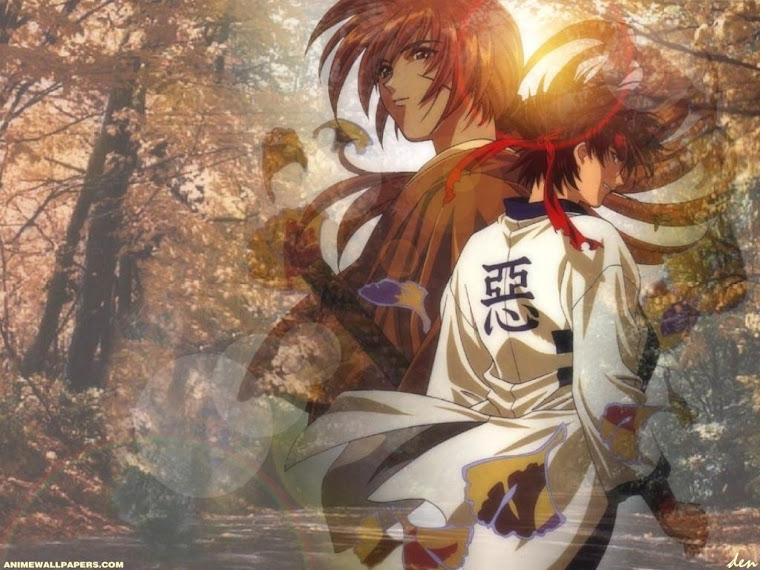Jeanne Malloy’s The Apocalyptic Imagery and the Fragmentation of the Psyche: “The Pit and the Pendulum” criticizes the story as well as the author, Edgar Allan Poe. She brings out many ideas about his writing. She goes in depth with the idea of religion based on his writing and critiques it using the topic as a direct attack on Poe claiming he is, “inconsistent with the themes of many of Poe’s other stories,” (Malloy 84). She also brings out the point of the prison that the narrator is in depicts a womb, along with the unknown sounds, constricting walls and the darkness. This was used as a lever to reach towards her comparison towards his romanticism. Malloy also utilizes many sources and other stories to compare, contrast and criticize his writing. Her points are generally set up to flow one into the other, yet every paragraph is like a story of her own. It has a beginning, the thing she wants to point out, and the end but the hinted sequels at the end of each paragraph keeps it moving despite its constant jumping from topic to topic. She kept a constant main topic of religion and many other subtopics to tie back to this main point. Several pages use something referring back to the Bible (savior, revelation, Christ, divine, etc.). These things make her analysis very thorough and informative, but it does have its flaws.
Despite her many well thought out point, this is actually her weakness. She has too many points. There is too much to think about and too much information given. Although she did refer to one main topic, this does not mean u can use a vast amount of other topics to go with it. There could have been more information to write about without repeating herself, which is what she was trying to avoid and did (too well). With too many points you can seem like you contradict yourself, in which she seems to do. She starts off by judging Poe’s reference to there being a savior despite dark times, yet describes his rhetoric and, “brilliant and daring,” (Malloy 92). Going back and forth between two opinions, while arguing one of them, can make a reader question the credibility of the writer. Even a paper with no limits can seem to jump around too much. You cannot take to broad of an approach, no matter what your restriction or freedom is.
A more aligned goal would make this a much easier analysis to read. If she would have kept the religion point, and not strayed too far away from it, it would make more sense. Just adding religious dialect is not enough to keep people pinned to your point. It must be a pathway without many distractions. A straightforward path gives straightforward answers. Doing this can avoid contradiction and keep the audience’s attention a lot easier. If someone has to keep shifting their eyes from one place to another just to keep up they will soon quit; this is similar with reading. A person’s brain cannot continuously shift around from topic to topic. If interest is lost in the beginning the audience will not see the good topics at the end, which is what she had. This critique is a very good one, but needs a narrower set of points to prove her main one. This can stop contradiction and keep the audience on the right path: the one into your mind.
Wednesday, November 12, 2008
Subscribe to:
Post Comments (Atom)



No comments:
Post a Comment